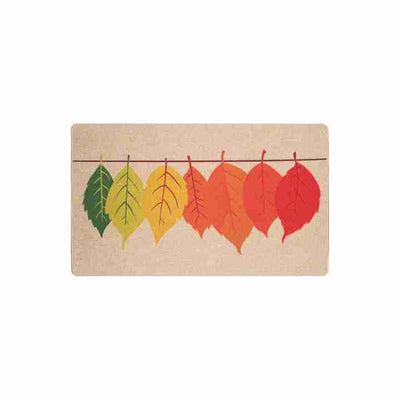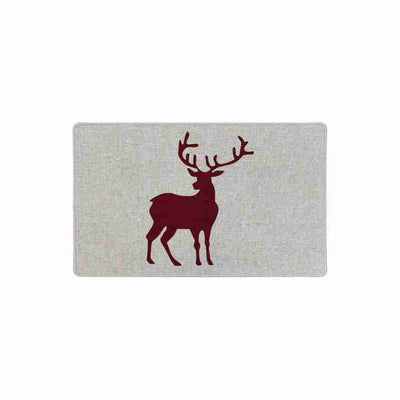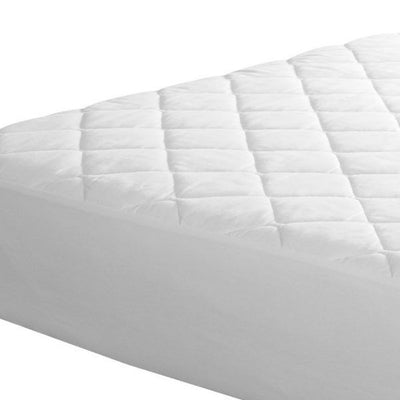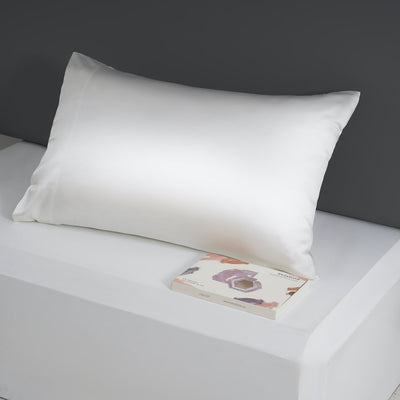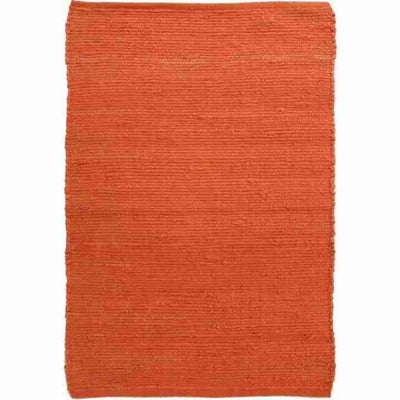Down Duvet Care
DAILY CARE
When you first unpack your St Genève duvet, it may seem a bit flat. Give it a couple of days and it will puff up and stay lofty for years. Refrain from sitting on your duvet. If you wish to store it, pack it loosely and use a fabric bag.
Protect your duvet by always using it with a duvet cover – the duvet cover should be laundered once or twice a month depending on if you use a flat sheet or not. This will keep your duvet clean, and it will only need to be washed if it has been soiled. Rotate your duvet when you change your duvet cover to ensure even wear.
Can I wash my down comforter at home? Yes, however you first should ensure that your washer and dryer are large enough to accommodate your down duvet.
Drying, in particular, can be cumbersome and inconvenient and we recommend taking your duvet to the dry cleaner for ease.
Note: If you have silk ticking on your duvet, it can only be dry cleaned. Eiderdown should not be washed too often, and we recommend protecting your investment with a high quality duvet protector.
WASHING
Before washing your duvet, be sure to check it for any tears that may allow the down to spill out. If you find a rip, repair it before washing. Use a mild detergent. We recommend Tide Free and Gentle, which is hypoallergenic and without dyes or perfumes.
Front Loading Machine (Preferred Method)
Before washing your duvet, be sure to check it for any tears that may allow the down to spill out. If you find a rip, repair it before washing. Use a mild detergent. We recommend Tide Free and Gentle, which is hypoallergenic and without dyes or perfumes.
In a Front Loading Machine (Preferred Method)
If you do not have one, head to a laundromat or a friend’s house. There are two reasons for this: in a top-loading machine, the duvet may get air bubbles and float to the top, preventing a thorough washing. Second, the agitator may damage your comforter.
Wash on a delicate cycle with warm or hot water. Note: Warm water will wash away allergens, but will not kill dust mites. If this is a concern for you, you can use hot water to wash your duvet – just not too often (you don’t want the outer shell to shrink)!
Run an extra rinse cycle; this will help to make sure that any residues from your detergent are rinsed out and to expel any excess water. Residues from detergents can cause deterioration to the fabric and can ‘gunk up’ the fibers in your down.
Do not use fabric softener, bleach, or detergents with bleach, whiteners, or alkaline detergents.
Use of a Top Loading Machine is strongly discouraged. In a top-loading machine, the duvet will float to the top and will not be washed thoroughly. Second, the agitator may damage the baffles.
DRYING
Make sure that your dryer can accommodate the dry size of your duvet. Dry them on the delicate cycle, low or medium heat. Because of how large comforters are, this may take several hours. Add dryer balls or clean tennis balls to help fluff the comforter as it dries. In between cycles, pull out the duvet and feel it. If you find that any large clumps are forming, you can shake it or use your fingers to break up the clumps. Be sure to dry completely before use. After your duvet is cool check if you feel any damp spots (they may register as cool spots in the filling), your duvet is not dry. Using a damp duvet could lead to mildew and shorten the life of your duvet.

































